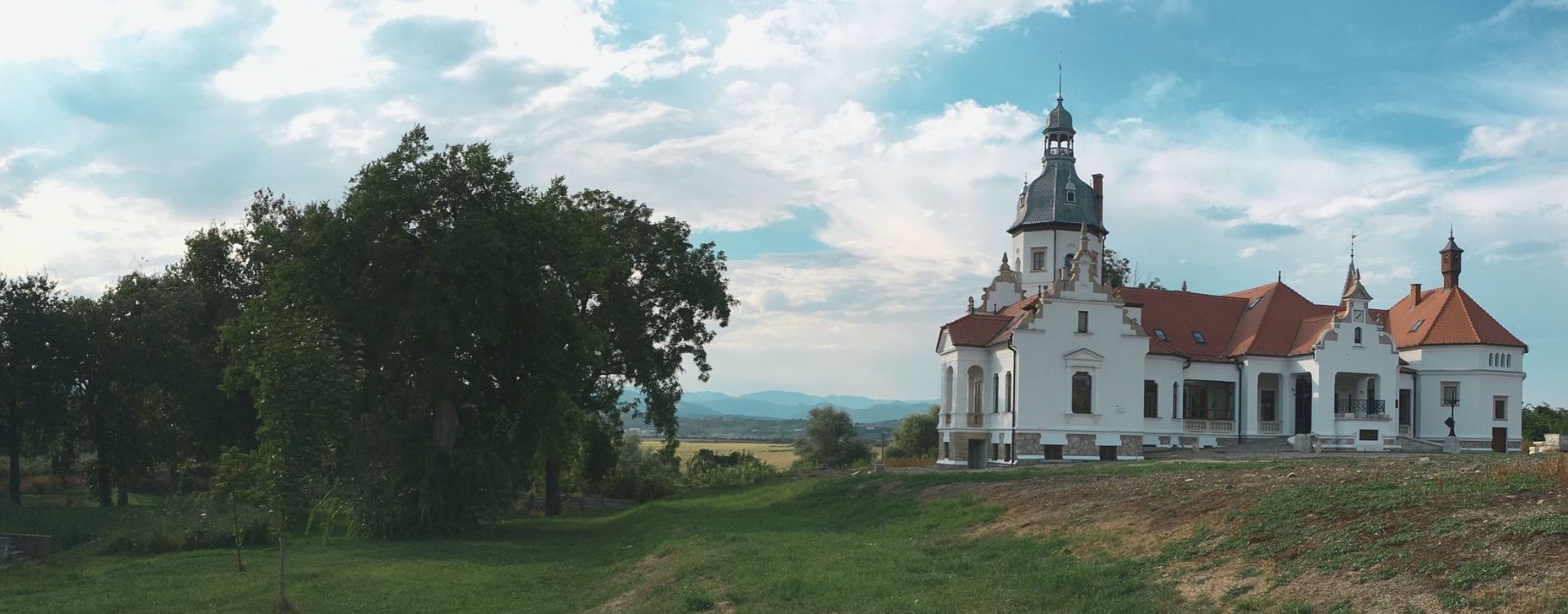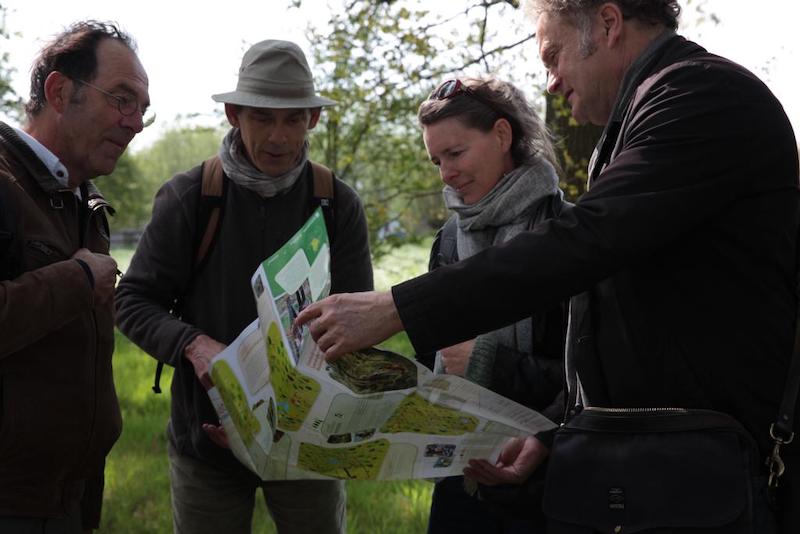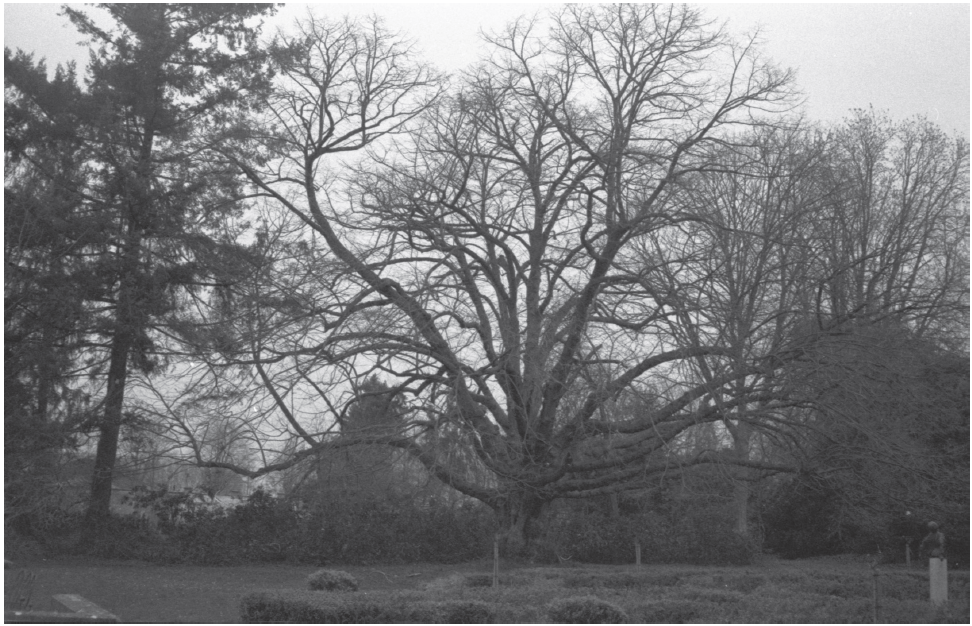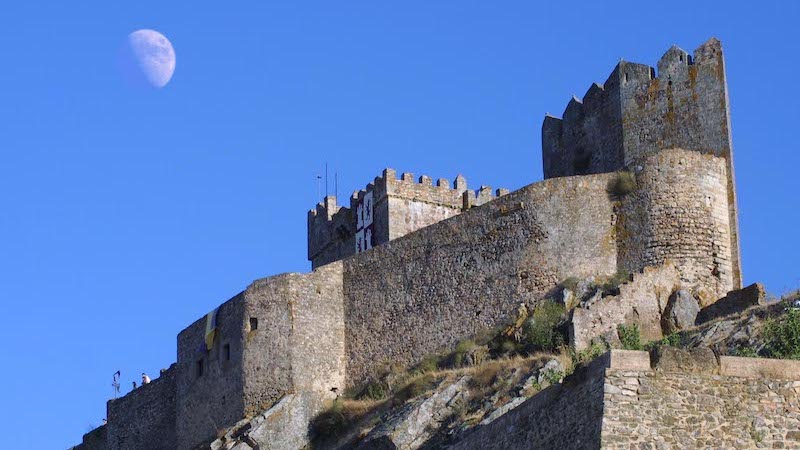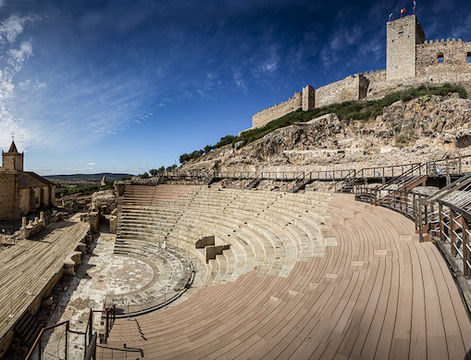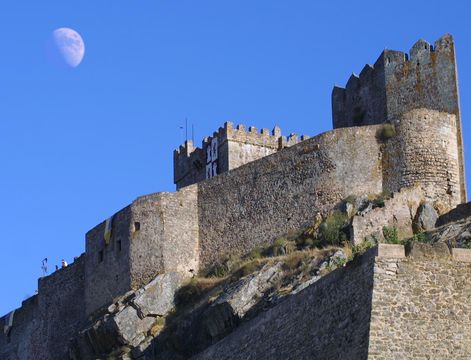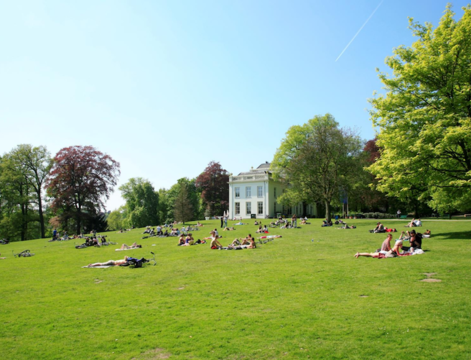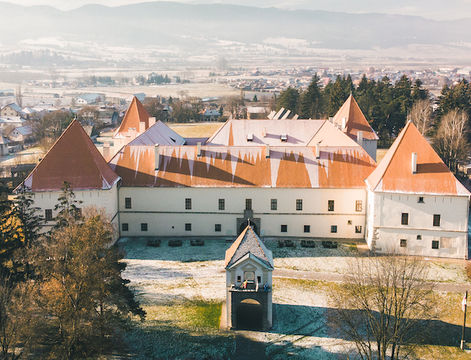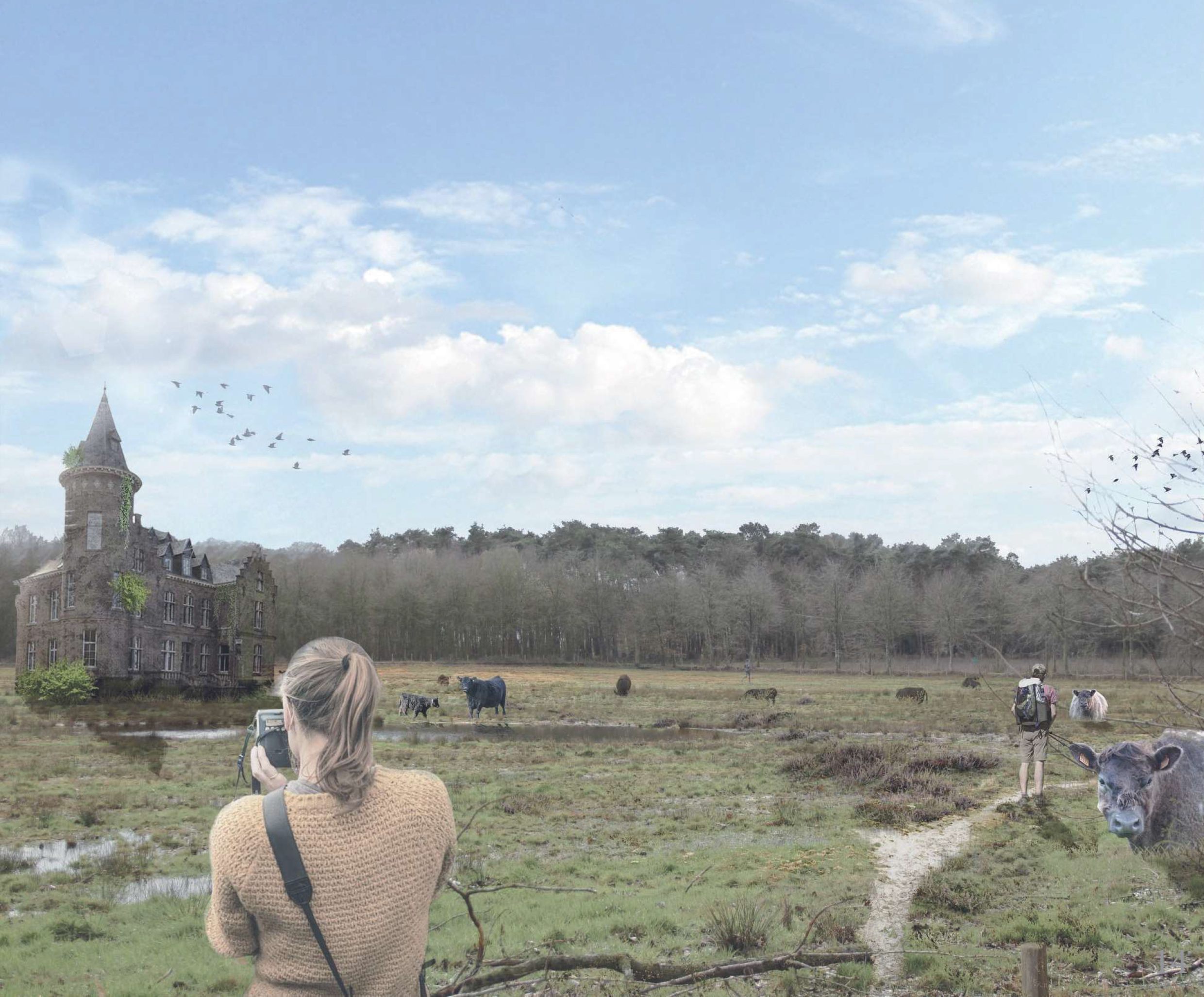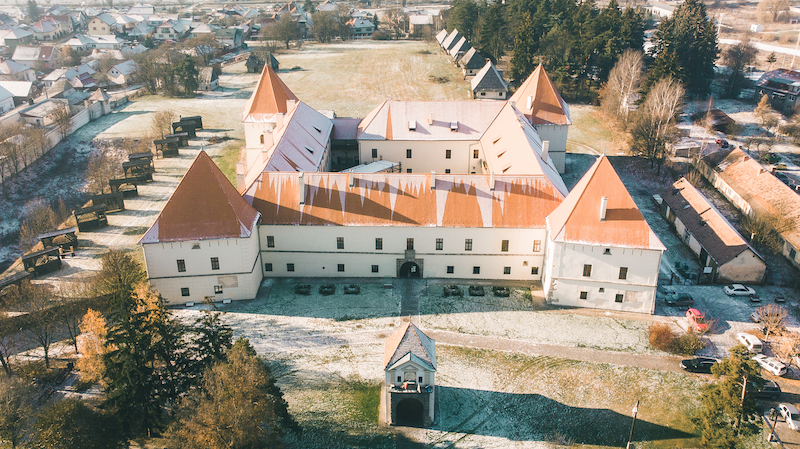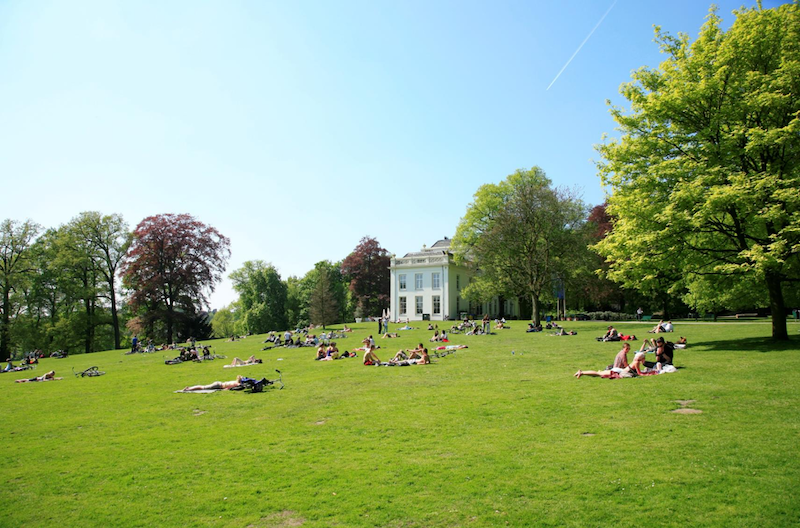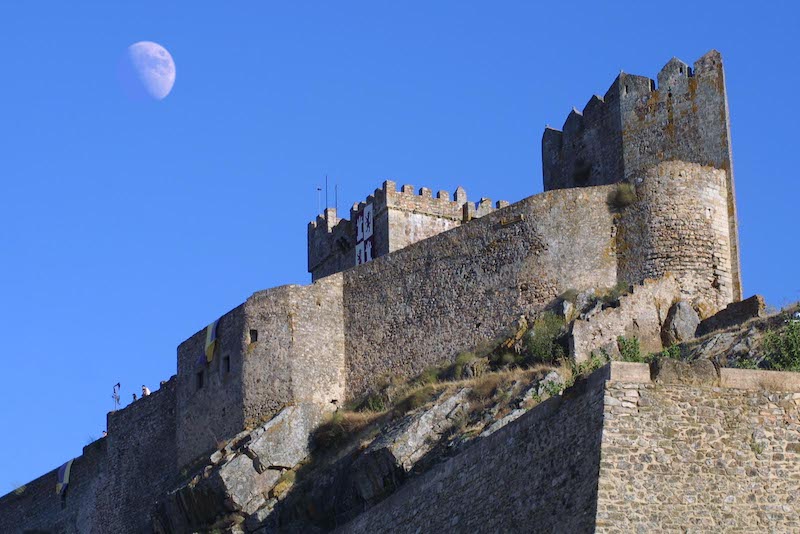After the kick off conference and the public debate on quality in restoration, the consortium of partners took part in a two-day study visit in Romania. Day 1 focused on various heritage ownership structures and the problems faced in each case. Day 2 was an opportunity for partners to dive deeper into the Romanian policy instrument.
Day 2 focused thus on the policy instrument addressed by the lead partner, the Regional Operational Programme 2014-2020, investment priority 5.1 - “Preservation, protection, promotion and development of the cultural heritage and identity”. The objective of the ROP is to to stimulate the local economy by improving the overall condition of heritage sites in Romania. The axis is one of the most important financing mechanism for restoration and touristic promotion of built heritage in Romania.
Two site visits were included: Casa cu Blazoane in Chiojdu and Brancovenesc Palace in Potlogi. Both manors have been renovated through the ROP.

Casa cu Blazoane in Chiojdu, Buzău
Casa cu Blazoane / The house with coats of arms was re-listed as a grade A (national) monument through the efforts of UAR (it used to be a B grade (local) monument). Today it is the landmark of the village (and one of the landmarks of the region). It was restored between 2012 and 2015 using the ROP as funding mechanism. The total value of the project was of approximately 1.3 million euro, of which 1 million FEDR funds.

Palatul Brâncovenesc in Potlogi, Dâmbovița
Brâncoveanu Palace in Potlogi is located about 55 km from Bucharest. It is a grade A monument which was restored between 2011 and 2015 using the ROP and the total project value amounts to 6.5 million euro, of which 5.5 million are FEDR funds.
Few key takeaways were formulated after the second day:
- Heritage needs to be made attractive for a wider public
The need to keep heritage relevant and demonstrate its importance (economically, socially, environmentally and politically) was underlined. Attracting new public, reaching young people and working with schools are takeaways for all the partners.
A good practice by National Trust is to combine heritage with other topics that reach wider audiences (entertainment, culture, debates). - Craftsmanship should be better promoted
The disappearance of skilled craftsmen is a European-wide problem and it can be sensed in each partner region. Casa cu Blazoane was an inspiring example for trying to revive the local craftsmanship and to make it popular again for young people. Working with youth and transforming castles and manors into schools for craftsmanship can provide good solutions for longer term. - The importance of quality evaluation
Performing thorough research prior to any preservation or transformation work is essential in order to ensure that the site is interpreted correctly for its local context. Obtaining the right balance between quality of restoration and sustainable use is key. A good practice identified in the Netherlands and Belgium for ensuring a good maintenance and quality standard of monuments is MonumentsWatch.
Later edit: Creative Europe and ICOMOS are currently developing a document regarding European Quality Principles for Cultural Heritage Interventions. This is one of the key documents resulting from the European Year of Cultural Heritage 2018 initiative. The working document can be found here.
Read here the summary of the first day of the study visit and of the kick off conference.


